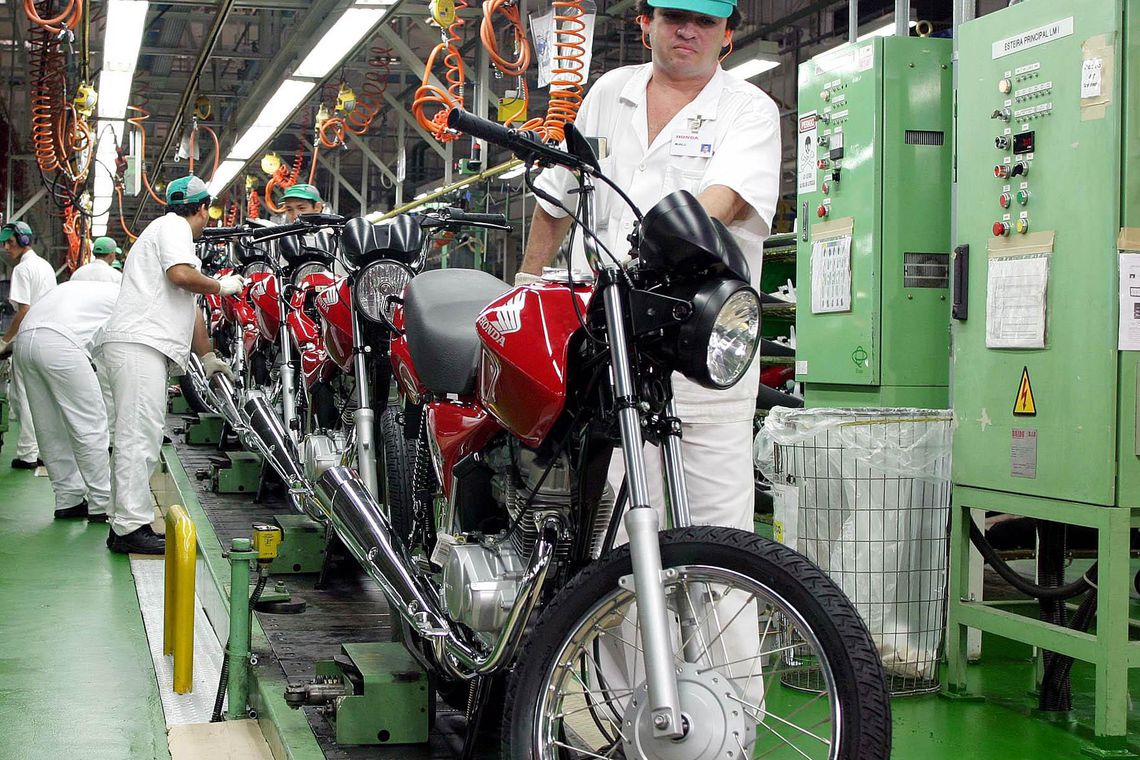RIO DE JANEIRO, BRAZIL – The Monthly IPEA Indicator of Apparent Consumption of Industrial Goods, which measures domestic demand in the sector, recorded an increase of 2.6 percent in the comparison between the months of July and June, in the seasonally adjusted series. Following a 0.2 percent retreat in the previous period, the quarter ending in July closed with a 1.8 percent growth margin.
The indicator is characterized by domestic industrial production, discounting exports and increasing imports.

According to the Institute of Applied Economic Research (IPEA), among the apparent consumption items, while non-exported domestic production grew 1.1 percent in July of this year compared to the previous month, imports of industrial goods were up 8.9 percent over the same period.
The major goods categories, in general, showed growth in relation to the month of June, with prominence for durable consumer goods (3.9 percent) and non-durable (2.6 percent). However, in comparison with July 2018, the decline was widespread, with a negative emphasis on capital goods (-2.9 percent) and durable goods (-3 percent).
According to IPEA, the economic categories’ strong performance in July, in relation to June of this year, was reflected in the production sectors, with an increase of 2.4 percent in domestic demand for manufactured goods in relation to June. Mineral extraction also rose for the third consecutive period, up 13.3 percent. Of the total of 22 sectors, 16 progressed, particularly transport equipment (23.6 percent) and metallurgy (18.3 percent).
When comparing July to the same month last year, domestic demand for industrial goods advanced 1.2 percent. The quarter ended in July showed a 0.4 percent increase in relation to the same period last year. In the 12-month accumulated variation, demand recorded a 1.1 percent drop.

